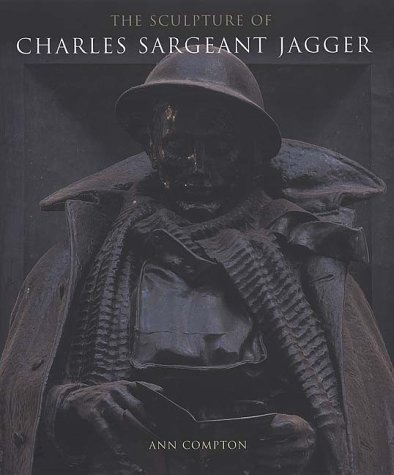The British Sculptors & Sculpture
1 total work
While his career was relatively short, it spanned just 16 years, Charles Sargeant Jagger (1885-1934) established himself as one of the leading war memorial sculptors in the years following 1918, and his contribution to the history of British sculpture should not be underestimated. After leaving the Royal College of Art in 1911, Jagger had little time before the outbreak of war to develop a personal style. However, on his return to Britain in 1918 the sculptor wasted little time in establishing his artistic identity: his sculptures of soldiers forming the foundation for his reputation. His military figures display Jagger's artistic motivations. In contrast to the fashion for idealism, the features of the models are rugged and workman-like: characteristics which created a 'realist' label for the artist. However, these pieces show more than realism at work. Uniform and equipment convey symbolic meaning and their strikingly symmetrical poses reflect the influence of primitive art.
The combination of realism and primitivism is evident throughout Jagger's body of work, from the war memorials to his later creations that included religious works, portrait statues and decorative architectural schemes. Often criticised for not being modernist, Jagger's work is also consistently admired - his Royal Artillery Memorial is widely accepted as a true icon of early twentieth-century British sculpture. In this, the first study of the sculptor's entire career, Ann Compton seeks to place Jagger on the art-historical map. Comprising images of all his sculptures and including research from many unpublished sources, including the artist's private papers, The Sculpture of Charles Sargeant Jagger will provide an authoritative overview of a career that has been unduly neglected.
The combination of realism and primitivism is evident throughout Jagger's body of work, from the war memorials to his later creations that included religious works, portrait statues and decorative architectural schemes. Often criticised for not being modernist, Jagger's work is also consistently admired - his Royal Artillery Memorial is widely accepted as a true icon of early twentieth-century British sculpture. In this, the first study of the sculptor's entire career, Ann Compton seeks to place Jagger on the art-historical map. Comprising images of all his sculptures and including research from many unpublished sources, including the artist's private papers, The Sculpture of Charles Sargeant Jagger will provide an authoritative overview of a career that has been unduly neglected.
